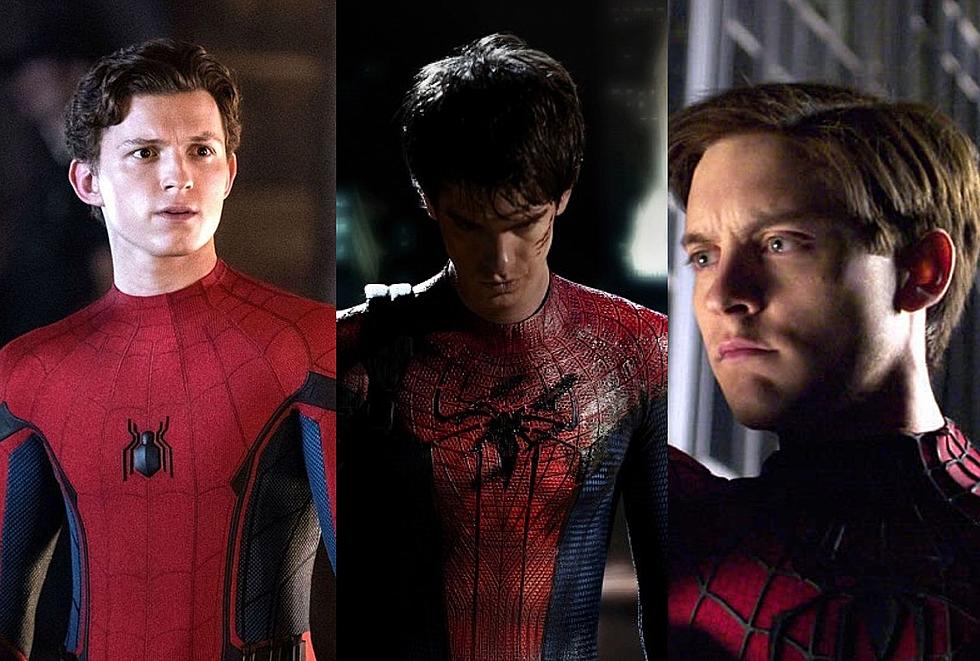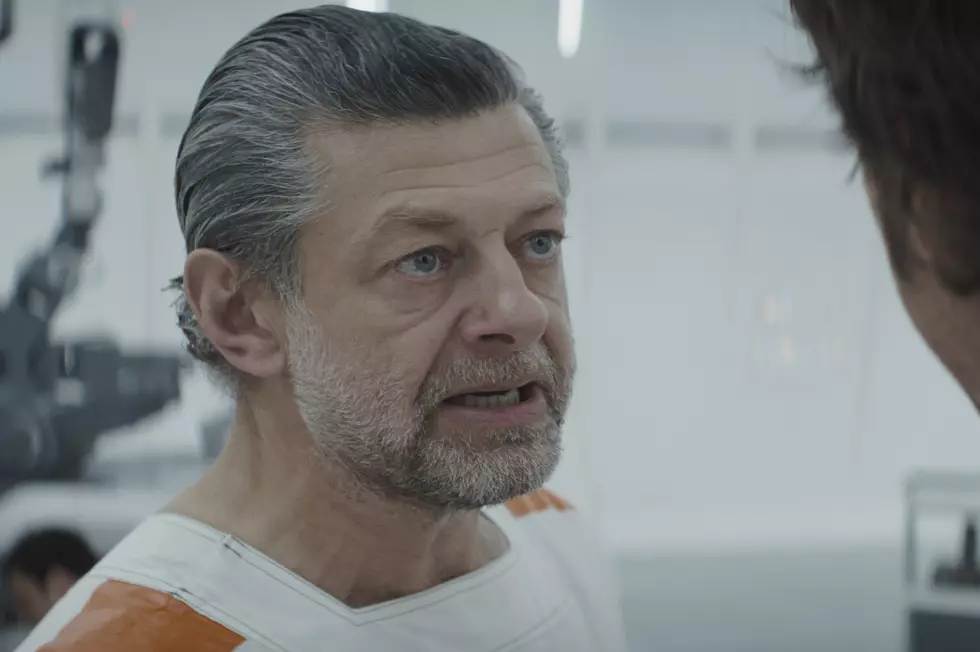
‘Breathe’ Review: Wait, Is This Actually a ‘Theory of Everything’ Remake?
You wouldn’t be alone if you watched the trailer for Andy Serkis’ directorial debut Breathe and mistook it for a Theory of Everything remake. You also wouldn’t be alone if you thought the same after seeing the actual movie. Both are British period pieces set in the 1960s. Both are biopics about inspirational men with disabilities who triumphed with the help of their supportive British wives. It may sound reductive and insensitive to compare two films about people with vastly different illnesses, but both mine the lives of their real-life figures for weepy drama that’s tidily packaged as awards season bait.
In Breathe, written by William Nicholson (Gladiator, 2012’s Les Misérables), Andrew Garfield portrays Robin Cavendish, a real-life British tea-broker who was diagnosed with polio at 28, and later revolutionized out-patient care for people with disabilities. We meet Garfield’s Robin before the illness as a spirited and charming young man. He travels across Africa, plays croquet with friends, and falls for Claire Foy’s Diana at a party (hey, this sounds familiar). The two get married, travel to Kenya for his tea business, and prepare to have a child. Everything is going smoothly until Robin suddenly collapses and is rushed to the hospital. Within hours he’s diagnosed with polio, paralyzed from the neck down, and given three-to-four months to live. Since he’s unable to breathe on his own, he has to spend the rest of his life on a mechanical respirator.
Robin lives well past the time predicted by his doctors, which you already knew because there wouldn’t be much of a movie otherwise. After spending a year stuffed up in a hospital, he begs his wife to take him home. Despite the doctors’ objection to let him leave — patients living off respirators at that time didn’t exist outside of medical facilities — Diana and a group of family friends sneak him out anyway. From then on Diana cares for her husband at home and nurses him by herself for the next three decades. A dedicated and sacrificial wife who is a hardly developed character and only exists to inspire her brilliant, witty and influential husband? Never heard that one before! (No offense to the real-life Diana, who did stay by her husband’s side throughout his life and help care for him, but the film paints her as a two-dimensional doting wife who just smiles and says inspirational things.)
While the film is a fine directorial debut from Serkis, it’s far from a memorable one. That’s more so a fault of the material, which is a little too formulaic and superficial to make you feel anything at all. It details the events of Robin’s life — from his advocacy to get polio patients out of hospitals to his trips to medical conventions across Europe — like a checklist of moments, rather than a rich or compelling narrative about an influential figure. And it certainly isn’t as emotionally manipulative as The Theory of Everything, but it makes sure to linger on the most devastating aspects of its character’s illness. In the most harrowing scene, a dog trips and unplugs the cord to Robin’s respirator. It’s an understandably upsetting sequence, but Serkis makes sure to milk it for all its teary-eyed potential, holding the camera on Garfield’s face as he silently gasps for air and attempts to scream while his wife plays with their son in the other room.
Breathe does make a few attempts to add a comedic touch to the otherwise depressing circumstances. When Robin’s friend Teddy Hall (Hugh Bonneville) builds him a wheelchair with a portable respirator, he and Diana put the chair on a plane and take a family vacation to Spain. Then when an accident leaves the family stranded on a lone dirt road and Robin’s life is dependent on a tube and hand pump, a bunch of Spanish locals show up and…throw a party. Sure, it’s a nice attempt to find joy and lighthearted humor in dire situations, but it feels forced. I also couldn’t help but wonder why a full-on fiesta was happening while a man was literally on the brink of death, but I’ve only been to Spain once so maybe that’s how they handle tragedy there.
There are some sweet and comforting moments in Garfield and Foy’s performances that feel genuinely moving. Considering the fact that Garfield mainly only acts with facial expressions, he does a fine job of using his eyebrows and his mouth to show just how hopeful and jubilant Robin remained despite his illness. Plenty of recognizable British faces drop in and out of the film too, including Game of Thrones’ Dean-Charles Chapman as Robin and Diana’s teenage son, a too-brief appearance by Diana Rigg (sadly, the two GoT stars don’t have a scene together), and the film’s most charming asset, Tom Hollander. Unable to resist some technical wizardry, Serkis casts Hollander in dual roles as Diana’s twin brothers, and his matching outfits and quippy bits of dialogue are a fun delight.
It’s a pretty phenomenal story to survive with a mechanical respirator for 36 years despite being given mere months to live. But Serkis’ drab and familiar biopic never captures the remarkable nature of Robin Cavendish’s story.
The Best Performances By Non-Professional Actors:
More From ScreenCrush









